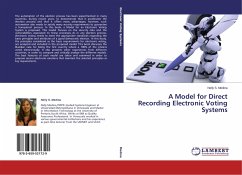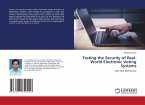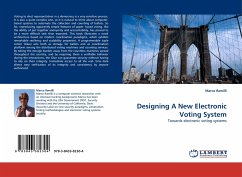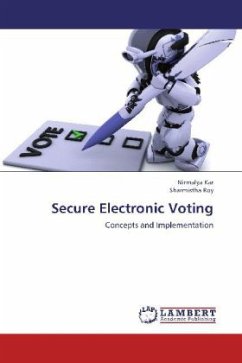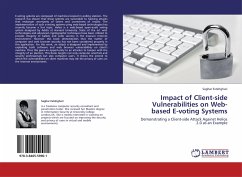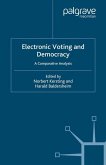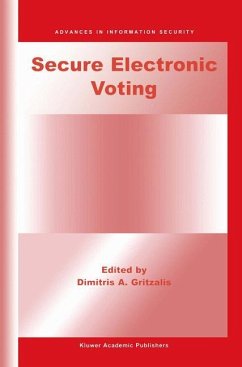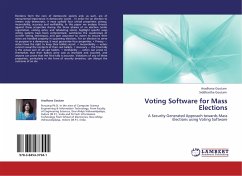The automation of the election process has been experimented in many countries, during recent years, to demonstrate that it accelerates the election process and that it offers many advantages; however, such automation also needs to satisfy many security requirements to guarantee a transparent process. In this book, a Model for an Electronic Voting System is proposed. This model focuses on the security risks and the vulnerabilities associated to these processes. As in any election process, electronic voting needs to meet the appropriate standards regarding the basic principles and attributes of a good democratic election. In this study, the principles considered as the basic requirements for electronic voting, are analyzed and included in the proposed model. This book discusses the Brazilian case for being the first country where a 100% of the citizens voted electronically. It also presents other experiences from different countries, in order to compare and critically analyze the different models. The best features of each model are taken and examined in order to propose secure electronic elections that maintain the selected principles as key requirements.
Bitte wählen Sie Ihr Anliegen aus.
Rechnungen
Retourenschein anfordern
Bestellstatus
Storno

